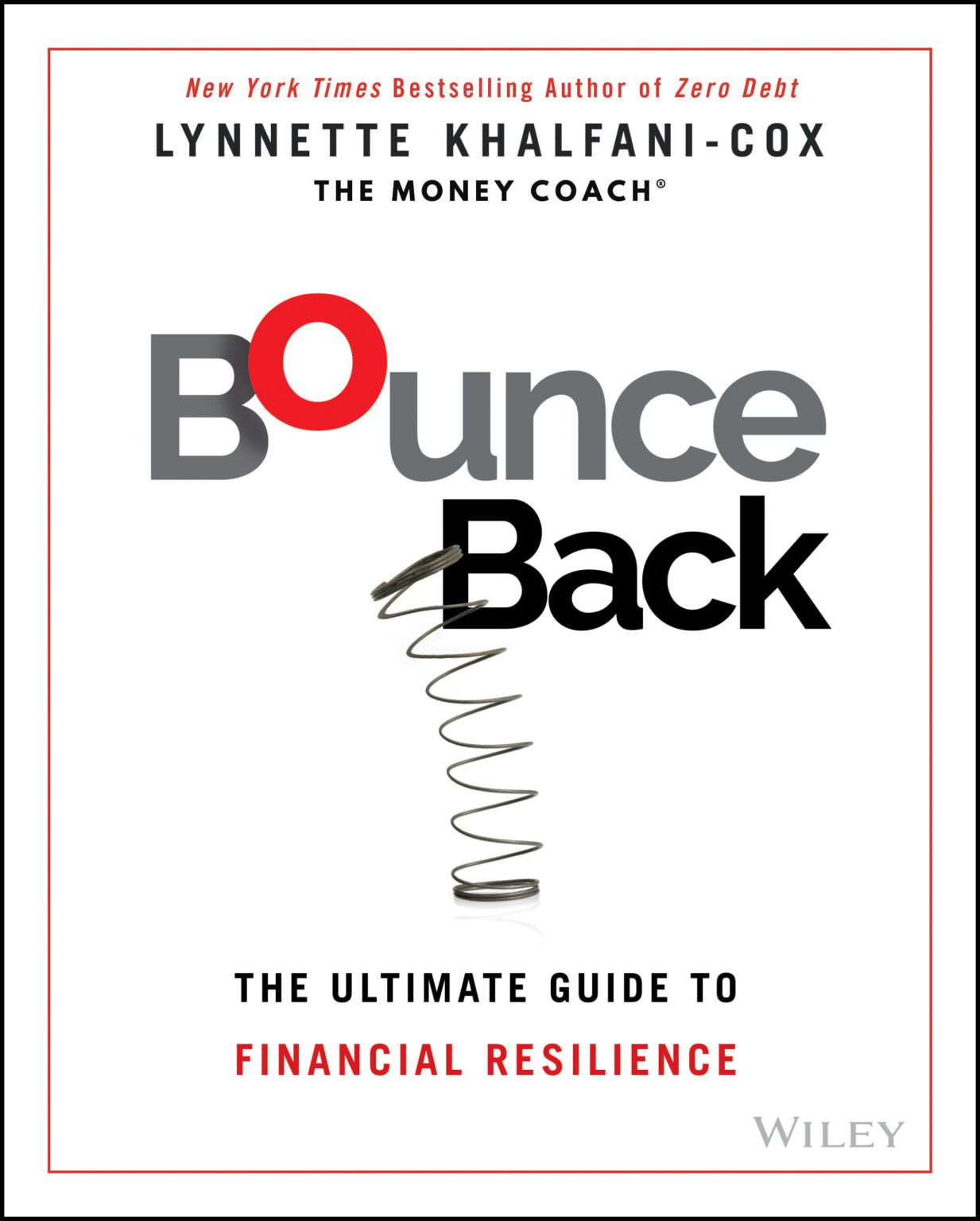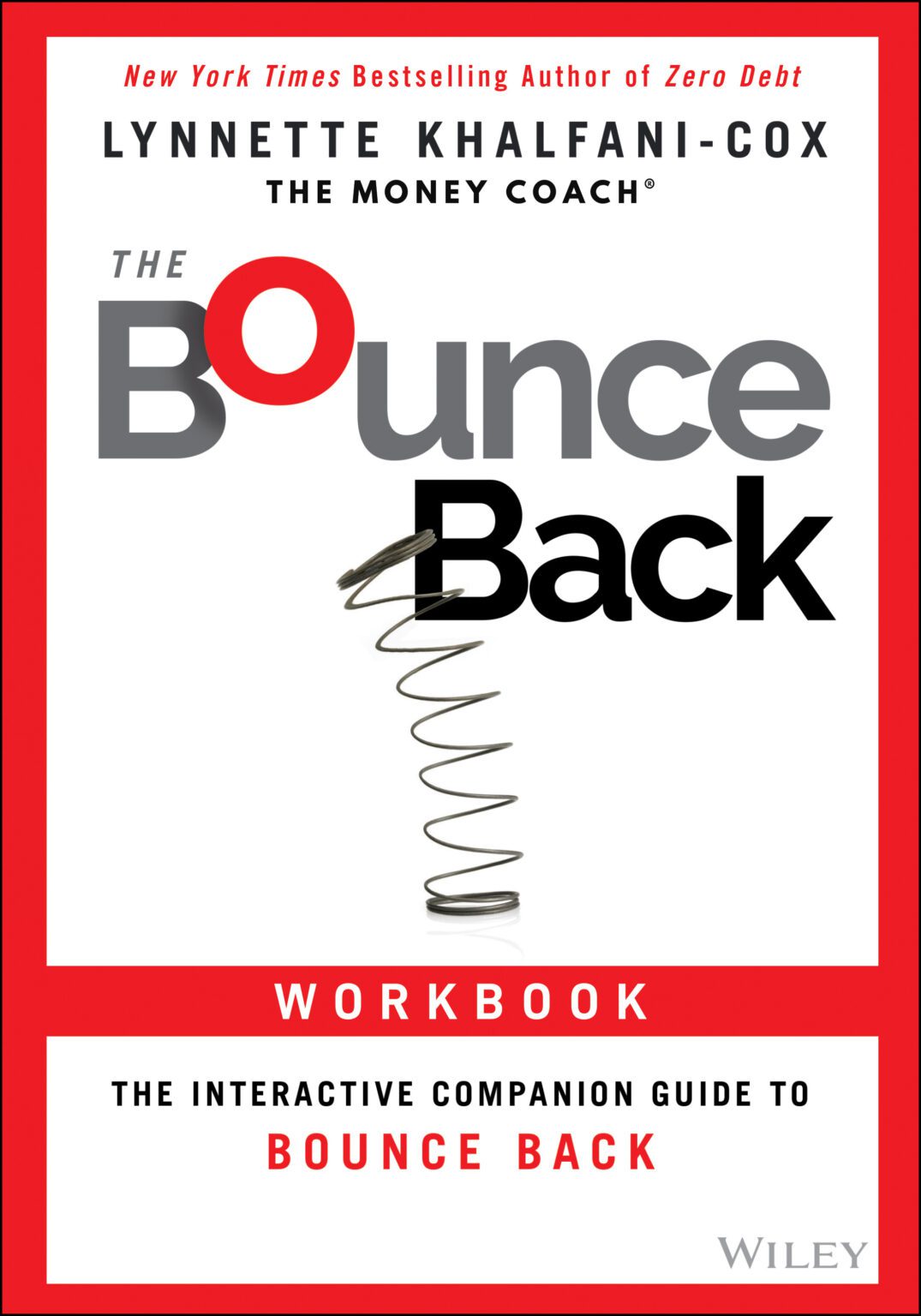If you owe a significant amount to the IRS, you may be able to pay the balance in an installment agreement with the IRS.
This can help offset collection methods of the IRS, like freezing your bank account and putting a lien on your property.
Step #1: Determine How Much You Owe
The first step to setting up an installment agreement with the IRS is determining how much you exactly owe.
The amount will determine which collection procedure and options for payment are available to you.
As a example, if you owe $10k or less and you’re up to date with filing taxes and previous year payments, the IRS is likely to accept your proposed payment.
The catch to this is that if the IRS determines that they believe you can afford to pay in full, you may be required to do so.
There are fees to pay for setting up an installment agreement depending on how you choose to pay:
| Method of Payment | Fee |
| Check, money order, or credit card | $120 |
| Direct debit | $52 |
| Payroll deduction installment agreement | $120 |
Step #2: Paying by Credit Card(s)
Bear in mind that the IRS charges 3% interest and penalties when you set up a payment plan. In comparison, your credit card may offer a lower rate, saving you money not only in the percentage-difference, but also from ceasing costly penalties from the IRS. This is a financially-savvy version of “rob Peter to pay Paul” arrangement, buying you time.
If you choose to pay you tax bill by credit card (Visa, MasterCard, Discover, or AmEx), your payment must be processed by one of three approved providers:
- WorldPay US, Inc.
- Official Payments Corp.
- Link2Gov Corp.
These providers do charge a convenience fee of 2% of your bill, in addition to the interest from the credit card. Of course, you can also earn points if you have an affiliated credit card.
Step #3: How ‘Bout a Fresh Start
If you haven’t filed your return, the IRS will charge you with a failure-to-file in addition to your back taxes. For every month that you haven’t paid, you will be charged a 0.5% penalty per month, up to a maximum of 25% of your owed tax bill. A $10k tax bill can go as high as $12.5k!
However, the IRS offers a program called Fresh Start. By applying with a Form 1127-A, you may be allowed to waive your failure-to-pay penalty for up to six months. You must owe less than $50k.
Step #4: Online Payment Agreement (OPA)
If your entire tax burden is $50k or less for combined taxes, interest, and penalties, and you’ve filed all of your tax returns, the IRS offers an Online Payment Agreement to pay taxes depending on the amount you owe:
- If you owe less than $25k: You can decide how much your monthly payment will be for your balance; however, the full balance must be paid off within five years.
- If you owe $25k and up to $50k: You must complete Form 433-F, Collection Information Statement Form, to participate in an installment plan. The IRS will use the information on the form:
- to place a lien on your assets
- to determine the amount of your monthly payments.
If you do not pay your taxes, the IRS’s will issue a levy, taking possession of your property with the intent to sell it.
Step #5: Installment Agreement for Large Balances
If you owe $50k and up, you cannot file online. Instead, you’ll need to complete (via mail) Form 9465-FS and Form 433-F, Collection Information Statement.
The IRS will then review your financial info to make a decision whether you qualify for an installment plan.
If approved, you will be required to pay fees depending on your income and the type of payment plan you qualify.
If you’re rejected, you may be asked to pay down your bill to below $50k to qualify for an installment agreement in the future.
For more information, visit the IRS page on installment plans.
Step #6: Consider an Offer in Compromise
An offer in compromise (OIC) is an alternative to paying your total amount, instead striking a deal with the IRS to pay a smaller amount than exactly how much you owe.
The limit to pursue an OIC is $50k, so this can help alleviate a significant burden. There are drawbacks, and the OIC process is extensive. Learn more about Offer in Compromise here in this article.








